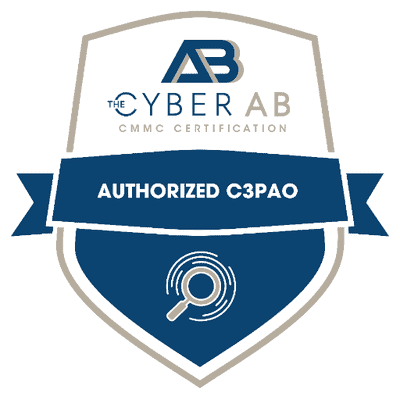In the fast-evolving landscape of cybersecurity, staying ahead of threats requires more than just cutting-edge technology. It demands a comprehensive strategy that encompasses not only sophisticated tools but also well-defined policies and procedures. One often-overlooked aspect of this strategy is documentation – the backbone that supports clear guidelines and ensures organizational resilience in the face of cyber threats.
Document Policies and Procedures
Documenting cybersecurity policies, procedures, and incident response plans is not merely a bureaucratic exercise; it’s a strategic imperative. Moreover, clear documentation serves as a roadmap for navigating the complexities of cybersecurity, providing a structured framework for mitigating risks and responding effectively to incidents. Here’s why it matters:
- Clarity and Consistency: Documented policies and procedures eliminate ambiguity by clearly delineating expectations and protocols. Whether it’s outlining acceptable use of company resources or defining procedures for handling sensitive data, documentation ensures consistency in behavior across the organization.
- Compliance and Accountability: In today’s regulatory landscape, compliance is non-negotiable. Documented policies serve as a tangible demonstration of commitment to regulatory requirements, helping organizations avoid costly penalties and legal repercussions. Moreover, when everyone understands their roles and responsibilities, accountability becomes ingrained in the organizational culture.
- Efficient Incident Response: Cyber threats can strike at any moment, testing the preparedness of even the most vigilant organizations. Having well-documented incident response plans streamlines the process of identifying, containing, and mitigating security breaches. With predefined steps and responsibilities, teams can act swiftly and decisively, minimizing the impact of cyber incidents.
- Training and Awareness: Documentation serves as a valuable resource for training new employees and raising awareness among existing staff. Of course, by providing easy access to policies and procedures, organizations empower their workforce to make informed decisions and uphold security best practices. This, in turn, fosters a culture of cybersecurity consciousness across the entire organization.
Bottom Line
In essence, documentation is not a passive exercise but an active tool for fortifying cybersecurity defenses. It’s the glue that binds together people, processes, and technology, enabling organizations to navigate the complex terrain of cyberspace with confidence and resilience.
Furthermore, as we continue to witness the proliferation of cyber threats, let’s not underestimate the power of documentation in safeguarding our digital assets and preserving trust in an increasingly interconnected world. From policies and procedures to incident response plans, every word on the page is a shield against potential threats and a testament to our commitment to cybersecurity excellence.
Need Help?
At Resilient IT, we take documentation VERY seriously! Schedule a call with our experts today to get help with your documentation needs. Click here.






